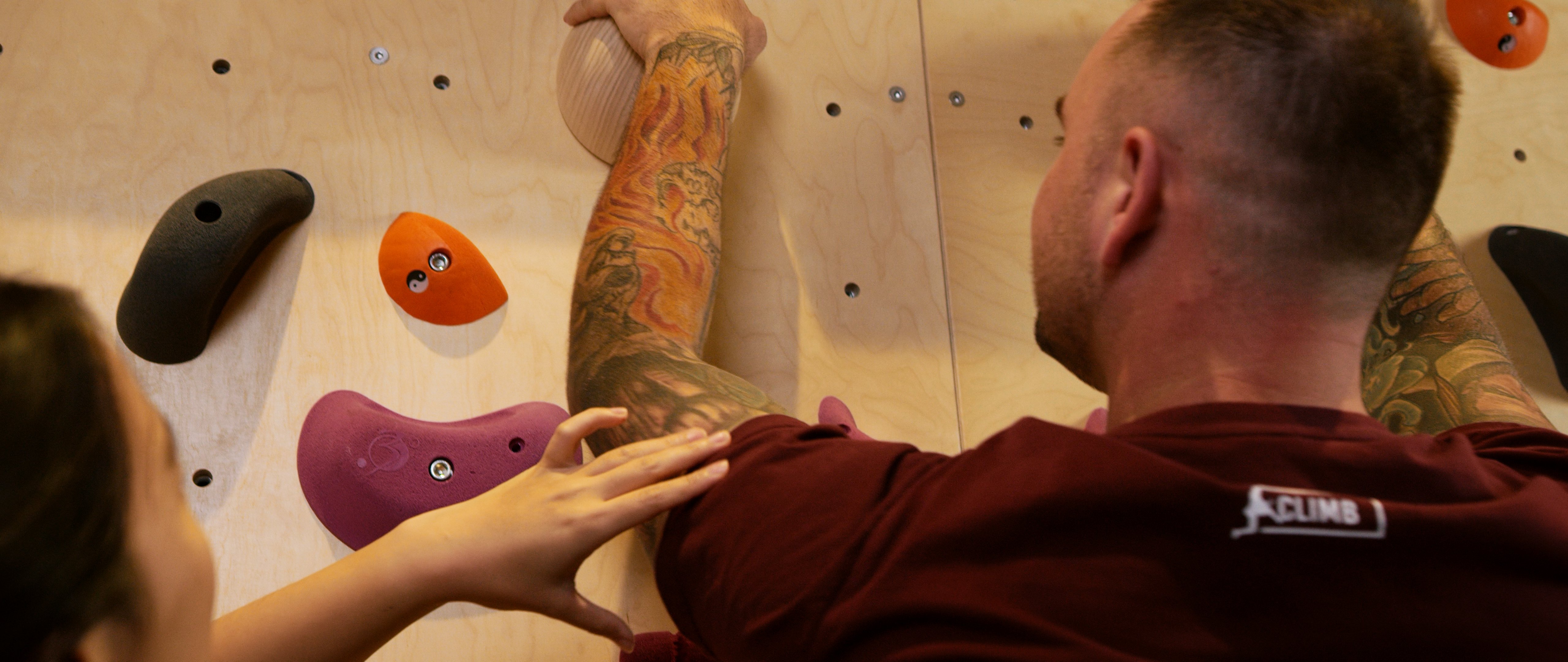
Among all the different sports today that attract most Australians, none are as intriguing or engaging as rock climbing.
Whether it’s in the comfort of an indoor training facility packed with specially-crafted walls or out in nature, Rock climbing has become popular because of the exciting challenges it involves. Instead of getting bored by having the same setting repeatedly, rock climbing adds variety into the mix by offering new routes, terrains, and formats.
In terms of the different muscles and body parts that are worked during a rock climbing session, what people tend to overlook is that it’s actually a full-body activity. Although it may be clear that this sport is great if you want to stay in shape, build functional muscles, and stay fit from head to toe, this also means that those who enjoy this hobby are far more prone to injuries they wouldnt expect.
Why injuries are commonplace in rock climbing
Amid the process of trying to maintain precision, balance, and flexibility while using your endurance and body strength, there is a wide range of injuries that you can potentially run into, all caused by repetitive traumatic forces from start to finish.
Common injuries you should take note of
Fortunately, it is easier to prevent injuries than it is to recover from them. Preventing injuries can be done by adequately brushing up on the typical bumps and bruises you can take. If you want to come more prepared and stay as healthy as possible with every climbing session, here’s a list of common rock climbing injuries to watch out for:
SHOULDERS: Rotator Cuff Tendonitis (RTC)
Commonly defined as a growing pain that experienced climbers face, rotator cuff tendonitis is one of the most frequent injuries that arise from the sport. Generally, this condition develops in many rock climbers because of all the different points where traumatic force to the shoulders can come into play, quickly leading to shoulder impingements and tears that turn into RTC.
ARMS: Tendonitis in the triceps or brachialis
Because of the essentiality of locked-off bent-arm positions, mantling, and dead-hang movements even in the most basic of platforms, many climbers incur tendonitis of the triceps or brachialis. When the arm is straightened below the body to bear weight multiple times without proper rehabilitation in between sessions, the total impact of the movements will cause damage to the muscles and their respective tendons. Much like RTC, tendonitis requires persistent and continuous rehabilitation to ensure that lasting and restrictive pain is prevented.
KNEES: Meniscus damage and tearing
When rock climbing is taken up more often, many athletes experience persistent pain or discomfort in their knees. This injury is essentially a reality for many climbers, which is caused by damage to the meniscus and tendons in the joint. What makes the damage to the meniscus so prevalent in rock climbing sessions is because repetitive stress from falling during bouldering is expected to take place in each course. Apart from repetitive stress, however, the meniscus can also be aggravated by regular climbing positions and other tasks like edging or toeing down on small holds that exert abnormal forces on the knees!
How you can remedy or prevent these injuries from taking place
What makes these common rock climbing injuries so unique (or persistent, rather) is that even having the best physical form possible may not be enough to prevent them entirely.
Fortunately, you can take charge and prevent extended levels of damage from compromising your health and safety by enlisting the help of a trained physical therapist. With the services of an experienced professional, you’ll be able to work on the issues brought about by rock climbing and smoothen them out for more pain-free climbing!
Conclusion
As exhilarating and challenging as rock climbing may be, the various injuries that you can come across can hamper your experiences and cut your climbing journey short if you aren’t careful. With the help of this guide, however, you can keep an eye on any persistent problems and act swiftly so that they won’t turn into permanent damages!
Are you looking for professional help for your current rock climbing injury right from the comforts of your own home, office, or training centre? Our caring team of physiotherapists in Brisbane can help you with that — schedule a free initial 15-minute physiotherapy consultation with us today!

